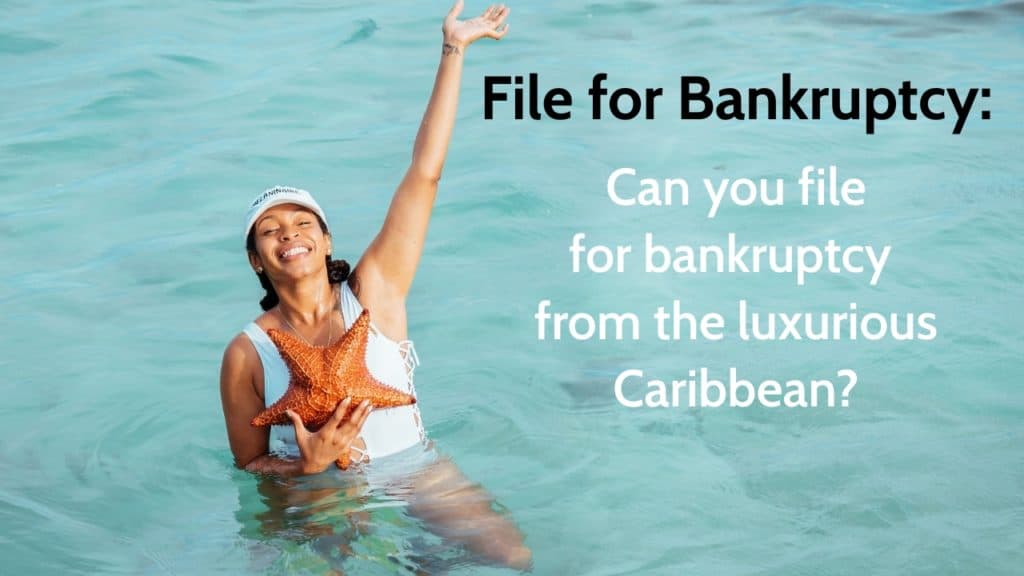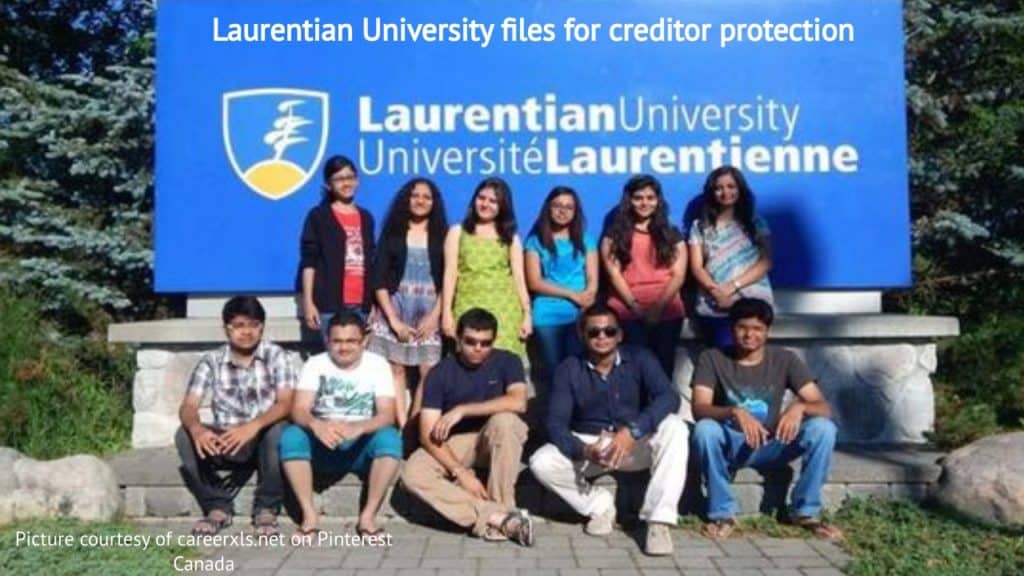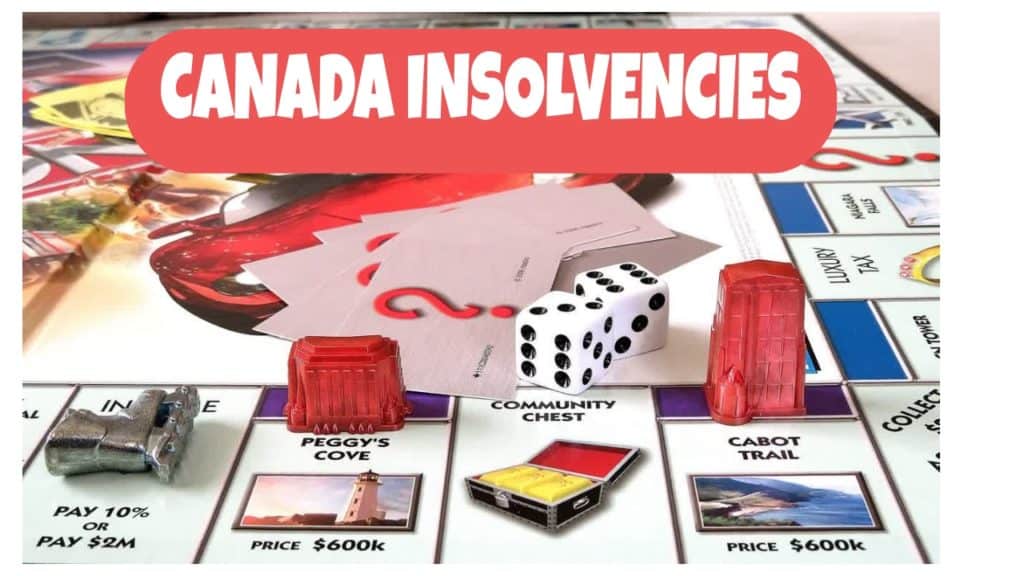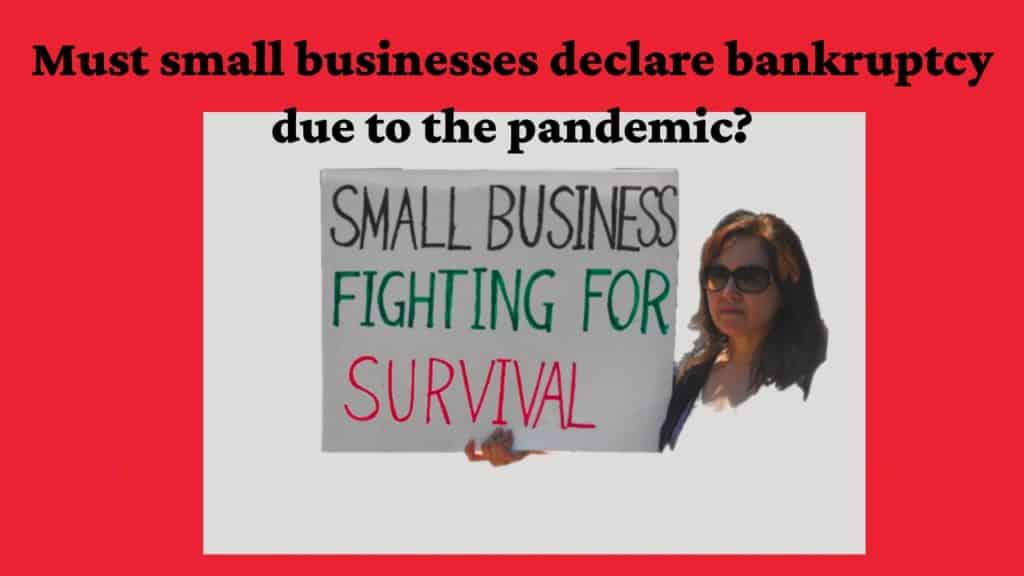We hope that you and your family are safe, healthy and secure during this coronavirus pandemic.
Ira Smith Trustee & Receiver Inc. is absolutely operational and Ira, in addition to Brandon Smith, is readily available for a telephone consultation or video meeting.
Sharia law in Canada introduction
I am no religious expert, but this past week I was consulted by a professional going through a divorce. When we got to talking about his creditors, he spoke to me about a debt he will have under Islamic Sharia law in Canada. The question I asked him is, will that debt be recognized as a debt under Ontario law? His response was yes.
Canada has always prided itself on being a cultural mosaic. We are a welcoming country to those from around the world. So I started wondering why the issue of religious divorce and claims that may arise specifically from it, is not encountered in a bankruptcy context more often.
So I did the research on the Sharia law in Canada debt from a religious divorce. Lo and behold, he was right. So now I know a bit about two religion’s divorce requirements: Jewish and Islamic.
Today in this Brandon’s Blog, I am going to be talking about Sharia law in Canada, religious divorce claims in Ontario, bankruptcy law, and divorce in Ontario. Now, a lot of people don’t know too much about these topics, but they’re very important to understand. I will explore the Canadian and Ontario laws, and hopefully shed some light on is Sharia law in Canada and other religious divorce claims enforceable in Ontario and what happens in a bankruptcy?
Judaism: The Wedding Ceremony, Religious Divorces and Getting a Get
In Judaism, like many other religions, partners are married according to religious marriage regulations in addition to provincial regulation. Jewish marriage ceremonies officiated by a Rabbi are also recognized as a lawful civil ceremony for getting married in Ontario.
The Jewish marriage contract is called the Ketubah. When they want to end their marriage, they need more than just an order from the provincial family law court. They also need to approach a religious authority to grant a formal religious Jewish divorce that would allow them to end the marriage.
Religious divorces and civil divorces are two different things and involve different steps. A religious divorce, or Get, is a document that releases a Jewish woman from the obligation of a marriage to a man, as well as releasing a man from the obligation of providing support for his wife. A Get is required for the dissolution of a Jewish marriage.
When a man gives his wife a Get, he is freeing her to ultimately enter into another marriage. Without a Get, a Jewish woman is not allowed to remarry. A Get can only be given through the act of a religious court. The parties involved in the divorce cannot grant it. Thus, the Get must be granted by the husband, and a rabbinical court must be involved.
The act of getting a Get does not in itself produce a claim by one spouse against another. That is because there is not a religious marriage contract promising property from one partner to another as part of either the religious marriage or divorce.

Sharia Law in Canada: The Mahr
It is important to realize that even though some of the rules and procedures of Islamic marriage contracts and Islamic divorce are similar to those of a civil divorce, the two are separate processes and are governed by two different institutions. The Islamic divorce is conducted by an Islamic judge or qadi. The qadi is part of an Islamic court.
As I recently learned, in the Islamic religion, the Mahr agreement is a prenuptial agreement that establishes an amount of money or the property to be given by the husband to the wife as “Mahr” (dowry) at the time of marriage. The Mahr can also be waived by the wife if she so wishes.
In order to limit the amount of money that can be requested in the event of a divorce, a number of Islamic jurists have proposed that the mahr agreement should be made in the form of a promissory note, payable upon demand, rather than a lump-sum payment.
Mahr agreements are Islamic marriage contracts that are based on the Islamic religion. It explains what the bridegroom will provide to the bride as part of the marriage. The purpose of a Mahr agreement is to ensure that the bride will be provided for in the case of divorce or the death of the husband.
In an Islamic marriage, the Mahr is a gift from the bridegroom to his bride. It is typically paid in cash, but it can also be paid in other forms, including real estate, gold, or jewelry. In today’s economy, a Mahr agreement may also require the groom to provide a life insurance policy to the bride. The Mahr agreement can be written as a separate pre-marital contract.
When talking to this Muslim professional about his financial situation, there was a fascinating question that I ultimately researched the answer for. The question is, does Sharia law in Canada apply to the Mahr agreement so that the amount promised by the husband to the wife, payable upon divorce, is also a claim provable in bankruptcy?
Sharia Law in Canada: A Religious Ceremony Marriage Agreement Payment Can Be A Claim Under Ontario Law
In the example I encountered, the Mahr agreement was a signed agreement. It called for a payment of six figures in Canadian dollars from the husband to the wife upon the divorce of the couple. This is a very significant debt for this man. In Ontario, the civil side of the divorce proceedings is adjudicated under the Family Law Act, R.S.O. 1990, c. F.3.
In the year 2000, the Ontario government made laws about Mahr. These laws include 1. The amount of Mahr should be a minimum of $20,000 2. The payment should be done in a way that is acceptable according to Sharia law in Canada. 3. The contract has to be made at the time of the marriage.
Fortunately, the preliminary issue of whether any religious marriage contract, including a Mahr agreement, can ever be enforced by a Canadian court was decided in Marcovitz v. Bruker, 2007 SCC 54 (CanLII). The Supreme Court of Canada held that the fact that a legal contract has a religious aspect or basis does not prevent its judicial consideration and enforceability, as long as the agreement has the necessary components to make it valid and lawfully binding.
Therefore, a Canadian court is not prevented from considering the issue of a religious nature, provided that the claim is based upon the infraction of a policy recognized by legislation. There have actually already been cases in which Canadian courts have been asked to implement the results for responsibilities stemming from a religious marriage contract.
Nonetheless, if a spouse can demonstrate that the religious marriage contract fulfills all the demands for a civil contract under provincial law, then the courts can order the fulfilment of undertakings to pay the amounts called for in the contract.

Sharia Law in Canada: Is a Mahr An Enforceable Obligation In An Ontario Divorce Situation?
To answer this question, we now need to look at the Ontario Family Law Act. Section 52 of the Act deals with marriage contracts. Section 52(1) states that two people who are married to each other or intend to marry may enter into an agreement in which they agree on their respective rights and obligations under the marriage or on separation, on the annulment or dissolution of the marriage or on death.
Such a marriage contract can deal with:
- ownership in or division of property;
- support obligations;
- the right to direct the education and moral training of their children, but not the right to decision-making responsibility or parenting time with respect to their children; and
- any other matter in the settlement of their affairs.
This section goes on to state that a provision in a marriage contract purporting to limit a spouse’s rights regarding the matrimonial home is unenforceable. Section 56 identifies other areas where the court can disregard certain terms of a marriage contract. Those unenforceable aspects deal with clauses that may not be in the best interests of the children, provide inadequate support provisions or attempt to enforce chastity.
The Ontario court decision in Akkawi v. Habli, 2017 ONSC 6124 (CanLII) settles the specific issue of the Mahr. In that case, the court found that the Mahr is a valid contract and that it is enforceable as such agreements have been found to be valid and enforceable in the province of Ontario.
Therefore, under both Sharia law in Canada and Ontario law, the Mahr is an enforceable obligation in an Ontario divorce situation. Therefore, it is a valid claim by the wife against the husband. Since it is a valid claim, it is also a claim provable in bankruptcy. However, unlike alimony or support payments, but like an equalization claim, in bankruptcy, the Mahr claim is a provable claim that IS discharged upon the bankrupt obtaining his discharge from bankruptcy.
Religion-Based Mahr Agreements: Validity and Status Under Canadian Law
So based on the combination of the Supreme Court of Canada decision and the Ontario Superior Court of Justice decision referred to above, the Mahr agreement in Ontario, based upon Sharia law in Canada, results in an enforceable claim for money by the wife against the husband in divorce proceedings.
As it is a valid claim, it is also a provable claim in bankruptcy. So in the bankruptcy of a husband getting divorced from his wife who has a financial obligation under a Mahr agreement, the wife has a claim in his bankruptcy for the amount of the Mahr.
So while we are on the topic of divorce, I will answer other questions I am normally asked when it comes to divorce and bankruptcy.

Answers to the Top 5 Divorce and Bankruptcy Questions – Secular stuff
This section has nothing to do with Sharia law in Canada. Rather, it is the answers to the top 5 bankruptcy and divorce questions we are asked. It is purely secular.
What happens to spousal and child support payments during bankruptcy?
It is important to note that bankruptcy is not a “get out of debt free” card; a person is still responsible for the money they owe for spousal and child support payments. The amount set by the family court will still be required to be paid before, during and after bankruptcy. Spousal and child support payments are not discharged when a person receives their discharge from bankruptcy.
Who is responsible for joint debt when separating or divorcing?
The question of who is responsible for joint debt is not a new one and is often asked by married couples with a substantial amount of shared debt. The response depends, in part, on the type of debt incurred as well as the level of contribution of each individual to the debt. If both spouses signed a loan agreement or credit agreement, both will be liable for the debt. However, the creditor may choose to pursue one spouse and not the other.
In the case of a joint credit card, with the credit card account in the names of both spouses, both are liable for the debt. Whether one spouse used the credit card either more than the other or one spouse did not use that card at all, each is liable for the entire debt.
What happens to joint debt if you file for bankruptcy?
If one person declares bankruptcy, the other person in the relationship will have to continue making full payments on any joint debt remaining. If you file for bankruptcy to eliminate your unsecured debt, your creditors can go after your ex-spouse for the full amount of any joint debts you had while together.
Concerning secured debt, such as the home mortgage or a vehicle loan, the debt follows the asset. So depending on who ends up wanting to keep the asset, that person will want to keep making the payments so that the secured lender won’t enforce its security against the asset in question. No doubt the retention of the asset and taking over full responsibility for the debt payments will be taken into account in the overall divorce proceedings.
What Happens To Joint Debts After Bankruptcy?
After the bankruptcy process, you’ve finally received your discharge, wiping the slate clean of all of your unsecured debt. Once the bankruptcy is over, the last thing you want to do is start accumulating debts again, but what about any joint debts you have with ex-spouses? Can they come back and haunt you?
In short, no. The creditors do retain their rights to make the unsecured claims for the joint debts against the ex-spouse who did not go bankrupt.
Do Support or Alimony Payments Affect Surplus Income?
Yes, they do. If the bankrupt person is making support or alimony payments, the surplus income calculation allows the bankrupt to deduct those monthly payments from their monthly income. Therefore, the support or alimony payments end up reducing a person’s required surplus income payment.
Sharia law in Canada summary
I hope that you found the question posed in this Sharia law in Canada Brandon Blog about the Mahr claim, and specifically, can religious marriage contracts be upheld in Ontario divorce proceedings, as interesting as I did.
If you are concerned because you or your business are dealing with substantial debt challenges and you assume bankruptcy is your only option, call me. It is not your fault that you remain in this way. You have actually been only shown the old ways to try to deal with financial issues. These old ways do not work anymore.
The Ira Smith Team utilizes new modern-day ways to get you out of your debt difficulties while avoiding bankruptcy. We can get you the relief you need and so deserve.
The tension put upon you is big. We know your discomfort factors. We will check out your entire situation and design a new approach that is as unique as you and your problems; financial and emotional. We will take the weight off of your shoulders and blow away the dark cloud hanging over you. We will design a debt settlement strategy for you. We know that we can help you now.
We understand that people and businesses facing financial issues need a realistic lifeline. There is no “one solution fits all” method with the Ira Smith Team. Not everyone has to file bankruptcy in Canada. The majority of our clients never do. We help many people and companies stay clear of bankruptcy.
That is why we can establish a new restructuring procedure for paying down debt that will be built just for you. It will be as one-of-a-kind as the economic issues and discomfort you are encountering. If any one of these seems familiar to you and you are serious about getting the solution you need, contact the Ira Smith Trustee & Receiver Inc. group today.
Call us now for a no-cost consultation.
We will get you or your business back up driving to healthy and balanced trouble-free operations and get rid of the discomfort factors in your life, Starting Over, Starting Now.
We hope that you and your family are safe, healthy and secure during this coronavirus pandemic.
Ira Smith Trustee & Receiver Inc. is absolutely operational and Ira, in addition to Brandon Smith, is readily available for a telephone consultation or video meeting.












